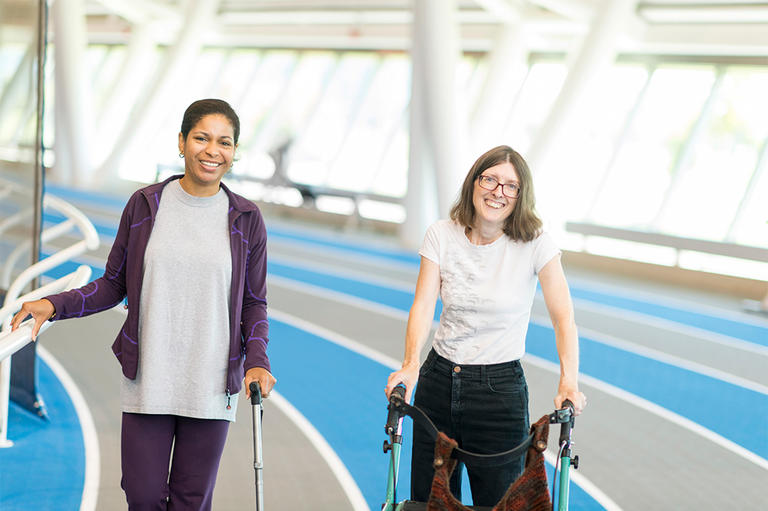Wasserman Gait Laboratory
The Wasserman Gait Lab at Sinai Hospital provides highly specialized insights for patients with walking disorders. Leveraging clinician expertise and cutting-edge equipment, we assess a patient’s baseline mobility and function to help clinicians personalize their treatment plans and set a standard for monitoring clinical outcomes. This advanced but patient-centered approach generates unique data that offers valuable information unavailable elsewhere.


